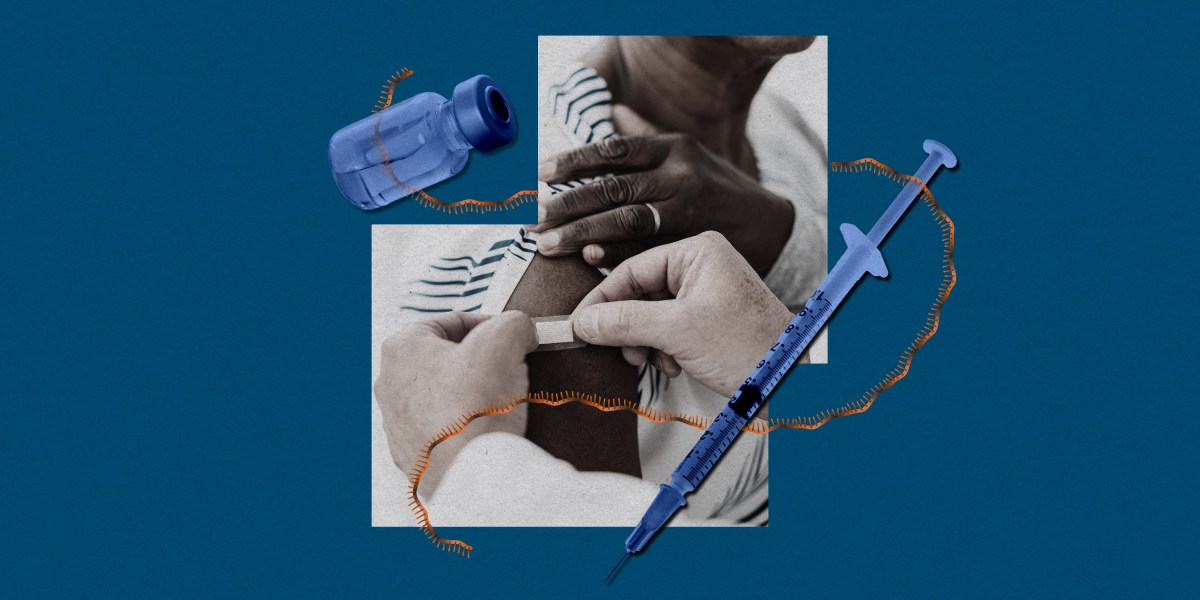What triggered the protests in China and what tactics have been used?
People in China have been protesting over ongoing coronavirus measures as part of growing calls for freedom – and there have been unprecedented clashes with police.
Some observers view the demonstrations as the most significant and serious in China since the 1989 crackdown on student pro-democracy rallies in Beijing’s Tiananmen Square.
The size and spread of the protests in China is unusual with the days ahead remaining uncertain – and questions remain about how the authorities will deal with them if they continue to grow.
What has been happening in China?
Residents in some major cities have been taking to the streets in protest over the country’s restrictive coronavirus measures.
People have clashed with police and some have called for Xi Jinping to step down as president.
In Shanghai, police took away a busload of protesters and there were violent clashes in other places such as Wuhan.
The numbers of protesters have varied considerably across different cities, with as many as 1,000 gathering in some parts.
Small-scale vigils and protests have also been held in other parts of the world to show solidarity with the people in China – including in London, Paris, Tokyo and Sydney.
What triggered the protests?
Frustrations have been building for some time over the state’s zero-COVID policy, which has been imposed to tackle any outbreaks and has led to long spells of confinement at home for many millions of people.
Some counties have faced sudden lockdowns over a small number of infections, while in other cases individual shops have been closed after a reported infection.
Last week, a fire in Urumqi in the Xinjiang region killed 10 people who became trapped in their apartments in a building that had been in lockdown for around 100 days.
The disaster was partly blamed on people being prevented from escaping by lockdown measures – while city officials provoked more anger by appearing to blame the residents for the deaths.
It was the latest in a growing list of incidents.
Read more:
Communist Party faces threat not seen in decades
‘Ordinary, angry people’ – Sky correspondent witnesses protests in Shanghai
In September, 27 people died in a bus crash while being taken to a quarantine centre in Guizhou, far exceeding the two reported COVID-related deaths in the province since the beginning of the pandemic.
Since President Xi assumed power a decade ago, authorities have tightened controls on civil society, the media and the internet.
The strict COVID measures have kept China’s death toll much lower than many other countries, but they have also damaged the world’s second-biggest economy.
Chinese officials say the measures must be maintained to save lives, especially among the elderly given their lower vaccination rates.
How many COVID infections are there in China?
There was a fifth straight daily record of 40,347 new infections on 27 November, of which 3,822 were symptomatic and 36,525 were asymptomatic, the National Health Commission said on Monday.
That compares with 39,791 new cases a day earlier – 3,709 symptomatic and 36,082 asymptomatic infections, which China counts separately.
There were no deaths, compared with one the previous day, keeping fatalities at 5,233.
As of Sunday, the mainland has confirmed 311,624 cases with symptoms.
What other tactics are protesters using?
People on the streets, at universities and on social media have expressed their anger using blank paper, which is becoming a symbol of the movement.
Students at universities in cities including Nanjing and Beijing held up blank paper as part of a silent protest – a tactic mostly used to evade censorship or arrest.
In Shanghai, there were reports of crowds holding a candlelight vigil for the Urumqi victims while parading blank paper.
“The white paper represent everything we want to say but cannot say,” said Johnny, 26, who took part in a gathering in Beijing.
“I came here to pay respects to the victims of the fire – I really hope we can see an end to all of these COVID measures.
“We want to live a normal life again. We want to have dignity.”
What have other people been saying about the protests?
Summer Kay, 24, who works in the internet industry in Beijing, said: “The pandemic and the codes have brought us so much torture.
“And now there are more people becoming unemployed, and it’s becoming an ordeal for kids and the elderly to get medical attention.
“If we just remain silent, I think it will only get worse.
“Maybe tomorrow the police will find us based on the records, maybe some of us will be arrested on strange charges and disappear.”
Kay Huang, 28, was at a candlelight vigil in Beijing on Sunday and said: “I’m really touched especially when they’re singing and everything they say – we want rights, freedom and don’t give up. That’s powerful. That’s warm.
“I want to see Beijing going back to normal as a capital city. I want people to see people safe, and free and happy again, not to have so many negative thoughts.”


